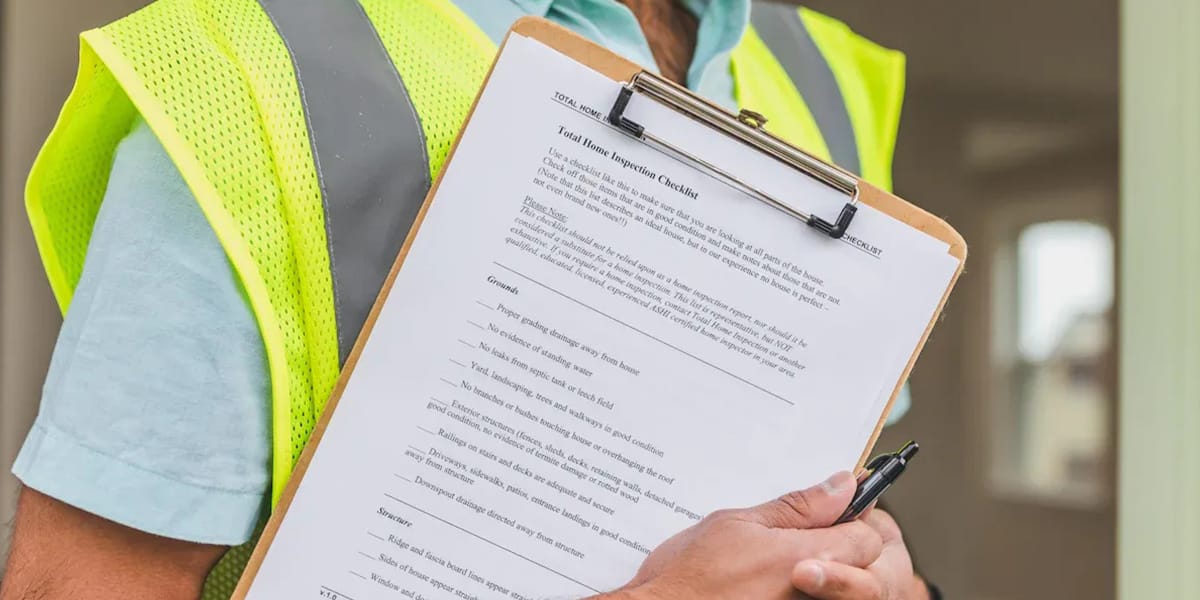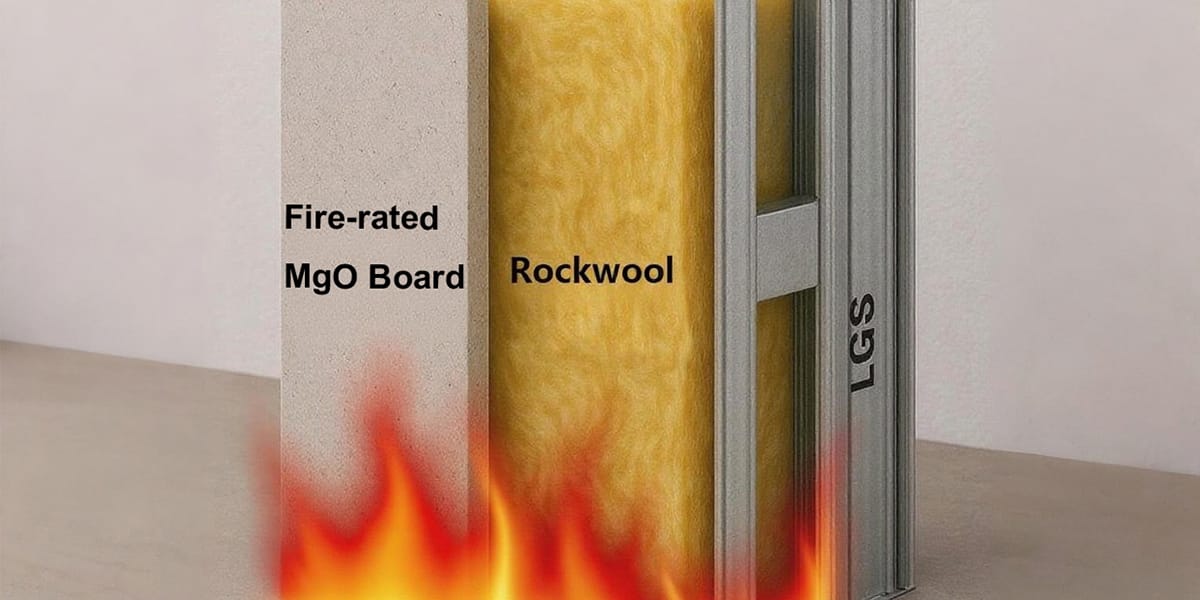
30 Aug Certifications and Standards Every Magnesium Wall Board Must Meet
Table of Contents
Magnesium wall board must pass tough certifications for safety and trust. Important standards are CE Marking, ISO 9001, ASTM E84, and UL listings. Fire resistance, moisture protection, and health safety are very important. Many boards get high fire ratings for extra safety. Third-party groups like Intertek Laboratories, SGS Laboratories, Ignis Laboratories, and ALS Global check if rules are followed. ICC NTA also gives worldwide certification for building products. These groups make sure each board meets world rules for strength and performance.
Key Takeaways
Magnesium wall boards go through tough tests for fire safety, water resistance, and quality. These tests help keep buildings and people safe. You should look for certifications like CE Marking, ISO 9001, UL, and ICC-ES. These show the board meets important rules and building codes. Third-party labs check the boards for fire, water, and strength. This gives trusted proof that the boards are safe and work well. Certified boards do not burn or make dangerous smoke in a fire. They also stay strong in wet places. Buyers need to check labels and ask for test reports. They should pick boards with the right certifications to avoid unsafe products.
Certifications
CE Marking
CE Marking means the magnesium wall board is safe to use. It meets health and environmental rules in Europe. This mark tells builders and buyers the board follows strict European laws. Boards with this mark pass tests for fire, water, and strength.
ISO 9001
ISO 9001 shows the company has a good quality system. They check their work and test samples often. If there are problems, they fix them right away. Workers get training to keep the quality high. Companies with ISO 9001 make boards that are always good. They keep test records and use outside reports to show their boards are strong and reliable.
ASTM E84
ASTM E84 is a fire test for wall boards. It checks how fast fire and smoke move on the board. Some brands, like MagMatrix, get the best Class A rating. These boards have a Flame Spread Index of 0 to 25. They also have a low Smoke Developed Index. Some boards even get a 0/0 rating, which means no fire or smoke spread. These boards do not burn or make dangerous gases, even when very hot.
Boards with a 0/0 ASTM E84 rating do not burn and are great for fire-rated walls.
UL and ICC-ES
UL and ICC-ES show the board is safe for big buildings. These boards stop fire, mold, and water. They are safe to use and can be recycled. ICC-ES checks if the board meets building codes like IBC and IRC. UL and ICC-ES also look at fire safety, strength, and how long the board lasts.
Here are some boards with both UL and ICC-ES:
Product Name | Certification Types | Fire Resistance Rating |
|---|---|---|
MAXTERRA® MgO Wall Sheathing | UL and ICC-ES certified (ESR-5193) | 1- and 2-hour UL-rated assemblies |
ArmorWall™ Plus FR SIS | UL and ICC-ES certified | Up to 2-hour fire-rated assembly |
ArmorWall™ SP Plus FR SIS | UL and ICC-ES certified | Up to 2-hour fire-rated assembly |
NFPA 285
NFPA 285 is a fire test for outside walls. It checks how fire moves up and across the wall if flames come out a window. The test takes 30 minutes and looks at the whole wall. Magnesium wall board helps slow down fire by letting out water vapor when hot. Some boards, like EXACOR™, have zero flame spread and meet extra fire rules for tall buildings.
CodeMark and International Approvals
CodeMark is an important approval in Australia and New Zealand. Boards must pass hard tests, like ASTM C1185/86, to get CodeMark. Many boards do not pass, especially for water resistance. Some special boards do meet the rules. CodeMark and ICC approval mean the board is safe in many countries.
Always look for CodeMark or other approvals so you do not use unsafe boards.
Third-Party Testing
Trusted labs like SGS, Intertek, Kiwa BDA, and BBA test these boards. They check for fire, water, and strength. These labs give reports to prove the board meets all rules. Third-party testing helps show the board is safe and strong for building.
Why Standards Matter
 Fire Safety
Fire Safety
Fire safety rules help keep people and buildings safe. Magnesium wall board follows rules from groups like ICC, NFPA, and UL. These boards pass tests like ASTM E119, ASTM E84, and EN 13501-1. They do not catch fire or melt, even when very hot. They can handle heat over 1200°C. When there is a fire, they do not make bad smoke or gases. Builders put magnesium wall board in fire-rated walls, elevator shafts, and stairs.
Using fire-rated sealants and tapes helps the wall stay strong against fire.
Key Fire Safety Features:
Stays strong in fire
No bad smoke or gases
Used in places where safety is important, like schools and hospitals
Feature | Magnesium Wall Board | Drywall (Gypsum Board) | Plywood (Wood-based) |
|---|---|---|---|
Does not burn, Class A | Core does not burn | Burns unless treated | |
Flame Spread Rating | Very low (Class A, 0) | Very low (Class A) | High if not treated |
Smoke Development | Almost none | Low | Can be a lot |
Structural Integrity in Fire | Stays strong | Gets weak after water leaves | Burns and turns black |
Moisture Resistance
Moisture resistance helps walls stay strong in wet places. Magnesium wall board has a special design that keeps water out. It takes in less water than gypsum boards. Builders use it in bathrooms, kitchens, and other wet rooms.
Sealing joints and using rust-proof fasteners helps stop water damage.
Moisture Resistance Table:
Feature | Magnesium Oxide Boards | Traditional Cement Boards |
|---|---|---|
Moisture Absorption | Takes in water over time | |
Water Resistance | No swelling or cracks after 3 days | N/A |
Application Areas | Bathrooms, kitchens | N/A |
Magnesium wall board does not get moldy and lasts longer in wet places. It needs fewer repairs and saves money over time.
Health and Environment
Health and environment rules help keep air clean and protect nature. Certified magnesium wall boards do not let out bad chemicals like VOCs, formaldehyde, or asbestos. Their water resistance stops mold and mildew, which can cause allergies and breathing trouble.
These boards can be recycled and are better for the planet.
Benefits for Health and Environment:
No bad chemicals in the air
Stops mold and mildew
Helps keep rooms at a steady temperature
Less dust and fewer chemicals from repairs
Good for hospitals, schools, and homes
Magnesium wall board helps make spaces safer and cleaner for everyone.
Magnesium Wall Board Verification
Reading Labels
Labels on magnesium wall board tell you about quality. Look for marks like CE, ISO 9001, or UL. These marks mean the board passed hard safety tests. Labels may show fire ratings, like ASTM E84 Class A. Some labels have batch numbers and dates. This helps you know where the board came from.
Tip: If a label is hard to read or missing marks, the board might not be safe.
Checking Reports
Reports from outside labs prove the board is safe. Good labs are SGS, Intertek, or BBA. These reports should show:
Tests for floors, walls, roofs, and ceilings
Flexural strength and how much impact it can take
How it handles water, freezing, and thawing
How well fasteners work and if they rust
If it meets ICC-ES, ASTM, and EN standards
A good report lists certifications like CE Marking and ISO 9001. It should also show ICC-ES ESR numbers.
Note: If a seller will not share test data, this could be a warning sign.
Buyer Tips
Buyers can stay safe by doing these things:
Make sure the fire rating fits your project
Learn about the maker and ask experts for help
Test samples before buying a lot of boards
Keep boards dry so they do not get wet
Make sure the board meets local building rules
Watch out for missing test data or unclear sources
Buyers should get samples from different sellers and think about extra testing to feel sure.
Certified boards are safe, strong, and high quality.
Buyers should get test reports and talk to building experts.
Tests from outside labs and world rules make sure products follow strict rules.
Picking certified materials helps keep buildings and people safe.
FAQ
What does a Class A fire rating mean for magnesium wall boards?
A Class A fire rating means the board resists fire very well. It does not burn easily. Builders use these boards in places where safety matters most.
How can someone check if a magnesium wall board is certified?
Buyers should look for marks like CE, UL, or ISO 9001 on the label. They can also ask for test reports from trusted labs.
Tip: Always read the label before buying.
Are magnesium wall boards safe for people with allergies?
Yes. Certified boards do not release harmful chemicals or dust. They help keep indoor air clean.
No formaldehyde
No asbestos
Stops mold growth
Can magnesium wall boards be used in wet areas?
Yes. These boards resist water and do not swell or crack. Builders use them in bathrooms, kitchens, and laundry rooms.
Why do builders prefer third-party tested boards?
Third-party tested boards give extra proof of safety and quality. Trusted labs check fire, water, and strength.
Third-party testing builds trust and confidence.

 Fire Safety
Fire Safety